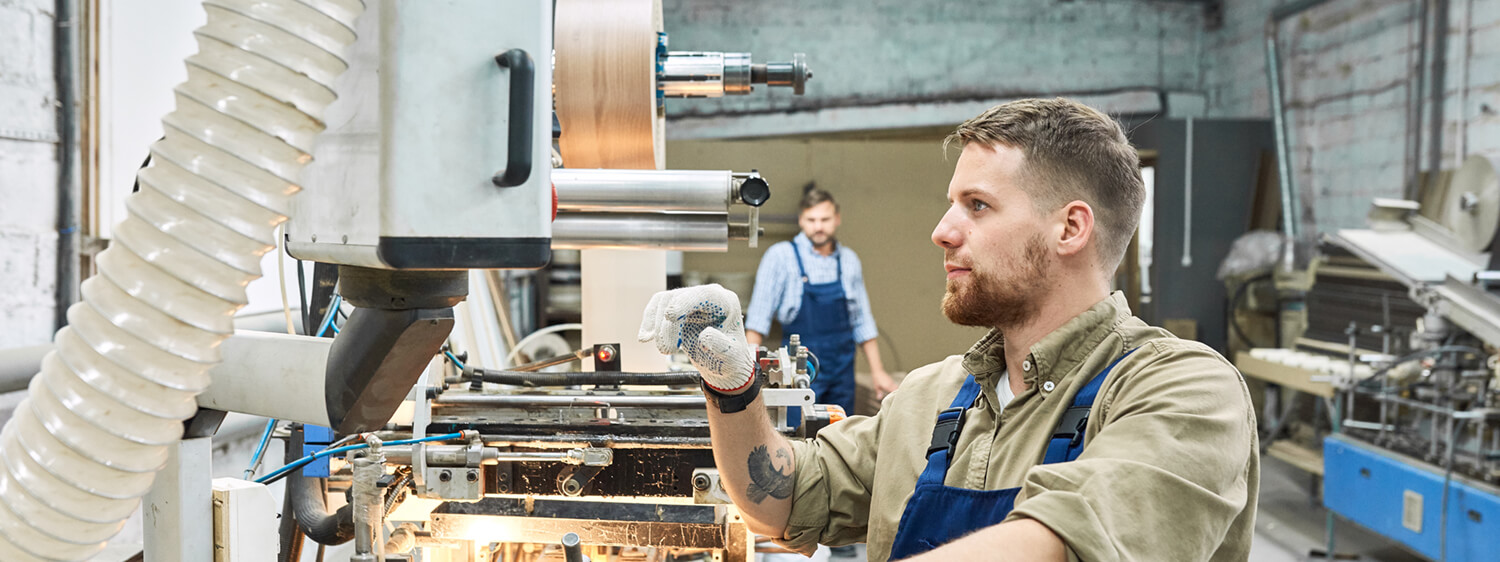Investing in behavioral and cultural change is the secret sauce to unlocking operational excellence in manufacturing.
While many manufacturers readily embrace the need for process controls and precision, they often overlook the vital human capital aspect of this transformation. This article reveals why integrating people into the change journey from the outset is not just wise but essential.
Human Capital Matters More Than You Think
In the race for operational improvement, overlooking the role of human capital can lead to costly setbacks. When plant managers and key operators resist changes, it can lead to talk of personnel changes, an expensive and time-consuming process. The labor market's challenges make this even less appealing.
However, embracing behavioral and cultural change from the beginning yields faster, sustainable gains, and cultivates a culture of continuous improvement, giving your company a competitive edge.
In this article, VP of TBM Europe, Andre Smaal and VP of TBM’s Leadership Solutions Practice, Shannon Gabriel will unveil 3 strategies for success:
- Build Executive Buy-In: Start at the top. Executives must understand the importance of investing in people change and model the change they expect to see. Address their concerns proactively and build the right approach to change.
- Begin Early and Communicate: The journey to change people and culture takes time. Start this process alongside process changes, giving both equal attention. Communicate changes to all levels, solicit input, and keep people engaged.
- Commit Wholeheartedly: The journey doesn't end after the initial phase. Stay invested in cultivating behavior and cultural change. Offer daily coaching and mentoring, expect challenges, and celebrate successes to maintain motivation.
Manufacturers must understand that process change alone won't suffice. To achieve breakthrough performance, simultaneous behavioral and cultural change is crucial.
Complete the form to download this article and learn why investing in the existing team, with proper support, is not only possible but more cost-effective and results in better operations today and a culture of continuous improvement for a brighter tomorrow.





